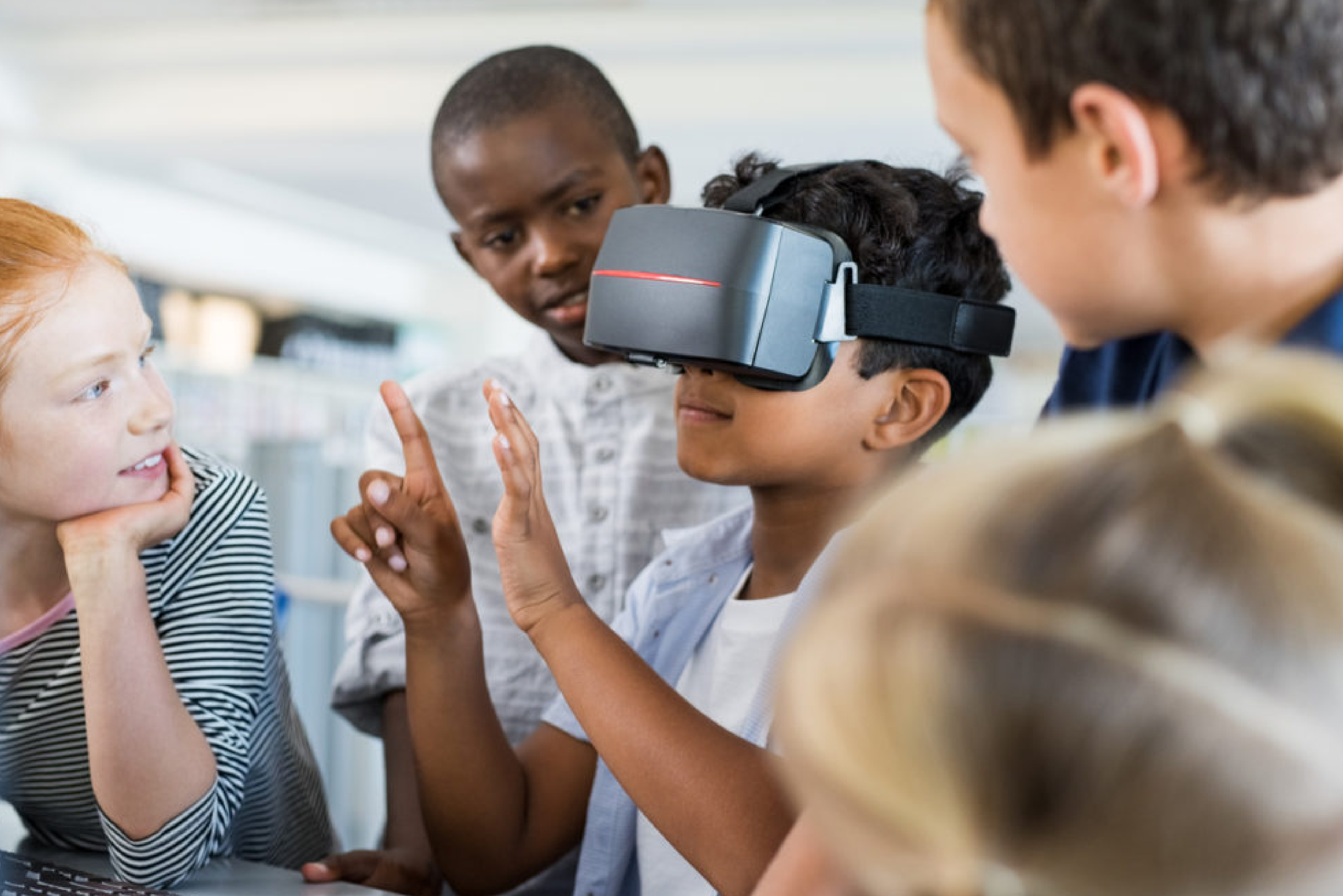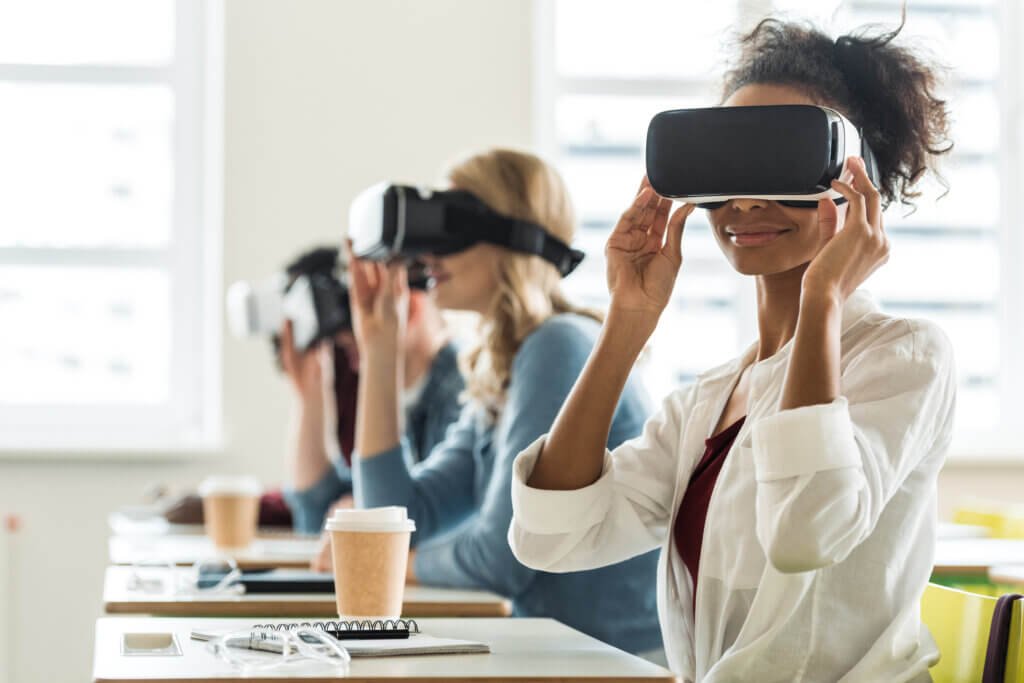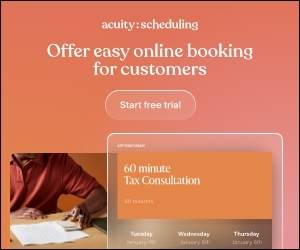
AR and VR in Education: The Future Is Now
You might think augmented and virtual reality are just for gaming, but these technologies are transforming the way we learn. As a student, the days of being limited to textbooks and chalkboards are over. Imagine exploring the inside of a cell, travelling back in time to ancient Rome, or simulating dangerous experiments without risk – all possible through AR and VR. These immersive learning experiences are engaging students like never before and revolutionising education as we know it. While still emerging, AR and VR tools are making their way into classrooms around the world. As the technologies continue to advance, so too will their impact. The future of learning is here, and it’s an exciting time to be a student.
How AR and VR Are Revolutionising Education
AR and VR are transforming education as we know it. Teachers are using augmented and virtual reality to bring lessons to life like never before.
Interactive Learning Experiences
Students can go on virtual field trips and explore the world without leaving the classroom. They can dissect 3D digital frogs, travel inside the human body, wander ancient Rome, and more. AR apps like Explore the Cell and VR experiences like Google Expeditions open up virtual worlds of discovery.
Engaging Content
AR and VR make learning fun and engaging. Math concepts come alive through interactive apps. History lessons are brought into the modern day with virtual historical reconstructions. By slipping on a headset, students can explore the solar system, atoms, geography, and any topic. Interactive content is highly memorable.
Access to Resources
With AR and VR, every student has a front-row seat. No more crowding around one microscope or model. Each student has their own immersive experience. AR and VR also allow access to resources that would otherwise be impossible to interact with, like expensive equipment, dangerous environments or objects located in museums.
A Glimpse into the Future
AR and VR will only become more widespread and sophisticated. Soon, holographic professors may teach from anywhere, AI tutors will provide personalised support, and virtual worlds will transport students anywhere on earth or even into imaginary realms. The future of education is virtual, and it’s an exciting frontier with endless possibilities.

Real-World Examples of AR and VR in the Classroom
Augmented and virtual reality are transforming how students learn in exciting ways. Here are a few real-world examples of AR/VR in the classroom:
Interactive Field Trips with AR and VR
Students can experience virtual field trips to places that would otherwise be difficult to visit, like museums, historical sites, and natural wonders. They feel immersed in the location and can interact with digital objects. This brings subjects to life in a memorable way.
Anatomy Lessons
Medical students use AR/VR to explore 3D models of the human body. They can isolate parts, get a sense of depth and scale, and see how everything connects – all without needing an actual cadaver. This kind of immersive learning sticks with students much more than a textbook diagram.
Simulated Lab Environments
Dangerous or expensive lab equipment can be simulated in VR. Chemistry students can perform virtual titrations and dissections. Physics students can experience operating a particle accelerator. These simulations provide valuable hands-on practice that would otherwise be difficult to achieve.
Virtual Field Studies
Students can observe wildlife and environments that would be challenging to see in person. They might explore coral reefs, rainforests or the surface of Mars. Researchers place 360 cameras in remote locations, allowing students to look around in VR and even interact with animals or objects. This helps bring theoretical concepts to life.
AR and VR unlock new possibilities for experiential learning. By transporting students to impossible places and allowing them to manipulate virtual objects with their own hands, these technologies are poised to radically enhance education. The future is here – are you ready for it?

AR and VR Are The Future of Immersive Technologies in Education
Augmented and virtual realities have already started transforming education. As the technologies improve, immersive learning experiences will become more commonplace and accessible. Students of the future will learn in interactive digital environments, collaborating with peers around the world.
Access to Resources
With AR and VR, students can experience field trips to museums, historical sites, and natural environments without leaving the classroom. They can explore the depths of the ocean, the far reaches of space, or the inside of a cell. Resources that were once out of reach are now at their fingertips.
Interactive Learning
Rather than passively reading about science concepts, students can interact with 3D models and simulations. They can pick apart and study the layers of the human body, experiment with chemical reactions, or travel back in time to witness major historical events. This active, hands-on learning helps students develop a deeper, more intuitive understanding of complex topics.
New Skills
The jobs of tomorrow will require skills that can be enhanced by AR and VR technologies. Things like collaboration, communication, critical thinking, and technological literacy. With immersive and interactive digital learning, students can start developing these skills from an early age. They’ll learn how to manipulate virtual objects, navigate digital interfaces, and work with peers remotely.
The future of education is exciting, with augmented and virtual realities poised to transform the learning experience. While still an emerging field, immersive technologies have the potential to make learning more engaging, effective and accessible for students everywhere. The future is now, and the opportunities are endless.
Conclusion
You’ve now seen how augmented and virtual reality are transforming education as we know it. These immersive technologies are enhancing learning in ways that were unimaginable just a few years ago. Students everywhere are gaining valuable hands-on experiences through AR and VR. Educators have powerful new tools to engage students and bring subjects to life. The future of education is looking very bright thanks to the innovative applications of AR and VR.
While technology continues advancing rapidly, it’s important we focus on using it purposefully and thoughtfully in the classroom. Used correctly, AR and VR can be game changers for learners of all ages. The key is putting learning first and tech second. If we do that, the potential impact on students and society as a whole is huge. The future is now, so let’s make the most of these opportunities to shape education for the better.








